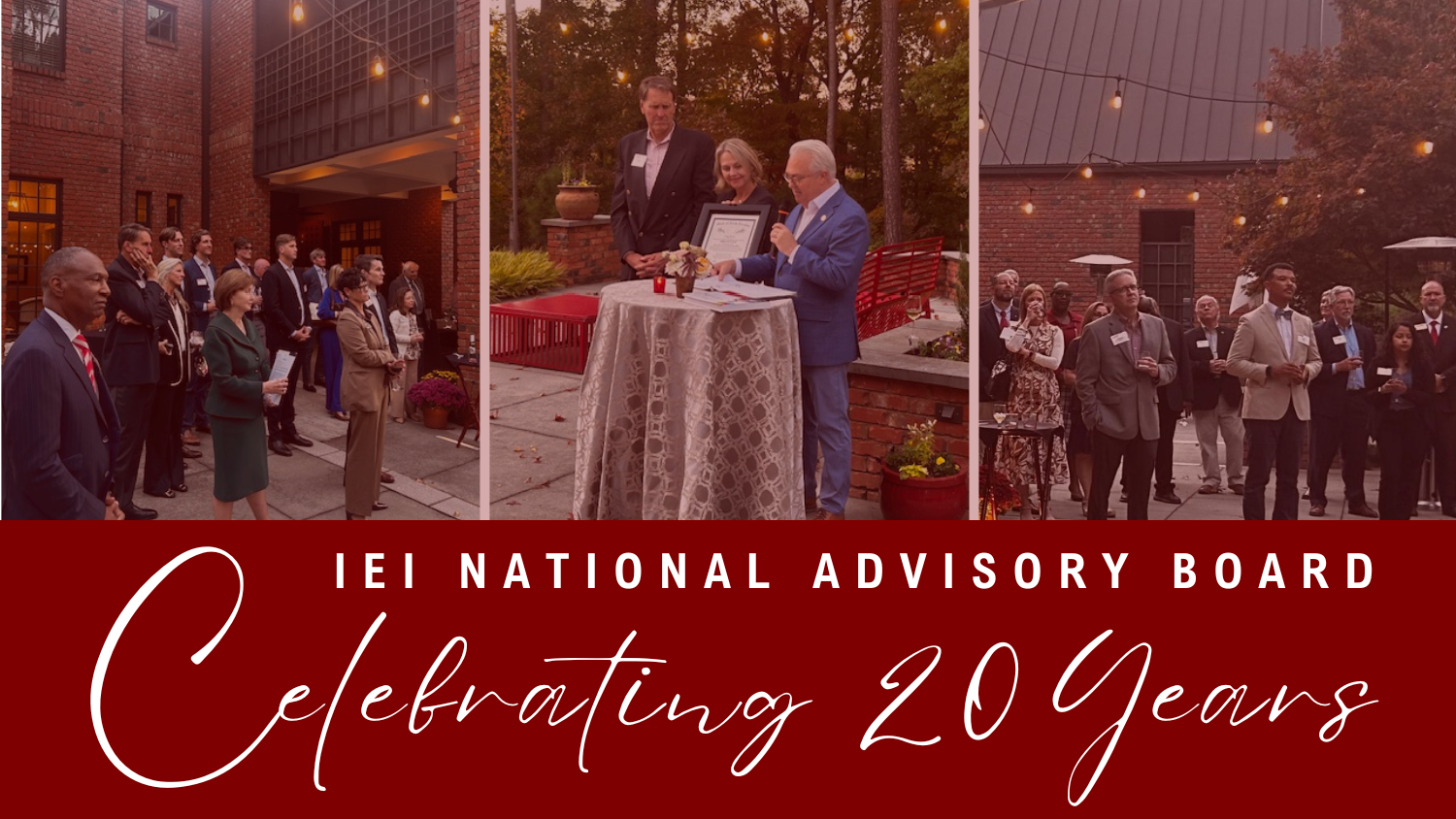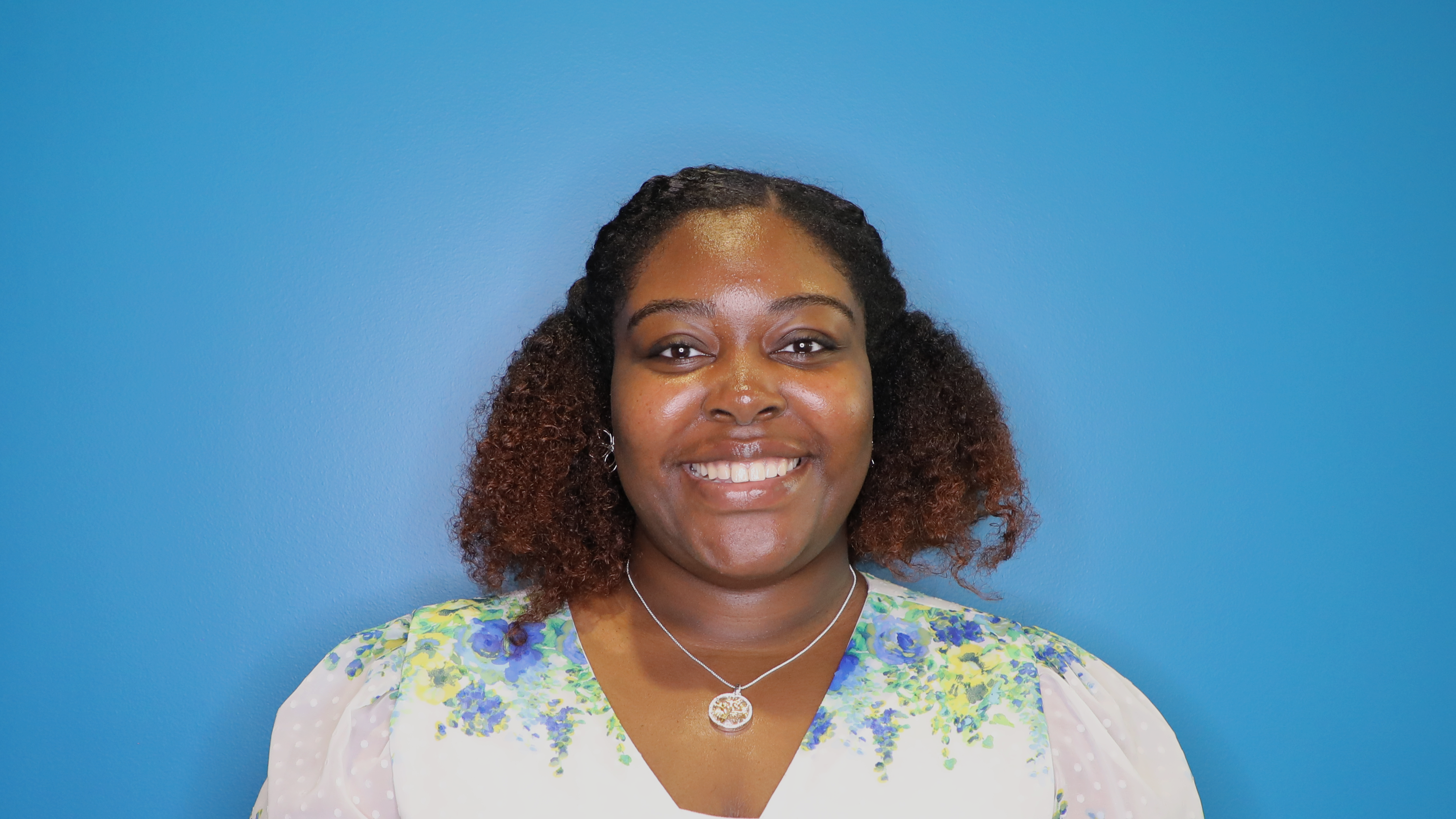Tips for Addressing the Digital Divide
Researchers from the Friday Institute for Educational innovation at North Carolina State University partnered on a two-year “homework gap” grant funded by the Institute of Museum and Library Services and driven by the state’s Broadband infrastructure Office and State Library of North Carolina. Researchers LaTricia Walker Townsend, Ph.D. and Erin Huggins lead the project, which focused on local libraries providing hotspot technology and service plans to families in four rural counties. A brief summary of the project can be found here.
Dian Schaffhauser, a writer for The Journal, captured these tips provided by Huggins on addressing the digital divide:
- Make sure you understand the area and the population you serve, including the barriers they face and the value they’d see in the programs you might want to offer.
- Identify the community resources and partners available to help you address the problems. This will help with sustainability, Huggins pointed out, and will increase buy-in for your efforts among the participants.
- Identify possible service providers and their coverage upfront. Understand where the gaps in coverage exist, whether by driving to each location and checking it out for yourself or scrutinizing coverage maps.
- Advertise the program in ways that will reach the target audience. Attend back-to-school nights and health fairs, place posters in doctors’ offices, preschools and other local businesses. Send information home with students, via flyers, texts and emails.
- Never give up on delivering high-speed internet. The project found that 77 percent of families would adopt broadband in their homes if the cost were less than $35 per month.
- Use your libraries. Not only do they already have systems and processes in place to check out digital devices, but they also have staff that are used to providing community outreach and training and are “already seen as a source of community support.” Plus, the relationship you build with the library is a reciprocal one. “In the digital age public libraries are really trying to find ways to keep themselves relevant and so providing programs like this helps to ensure that they’re staying connected in their communities,” said Huggins,
- Go in with a sustainability mindset. Make sure there are alternatives waiting in the wings to ensure continuity, whether that’s new sources of funding or new partners to pick up the slack. That could be libraries or Boys and Girls Clubs or other organizations that want to address the needs of underserved communities.
- Categories:


